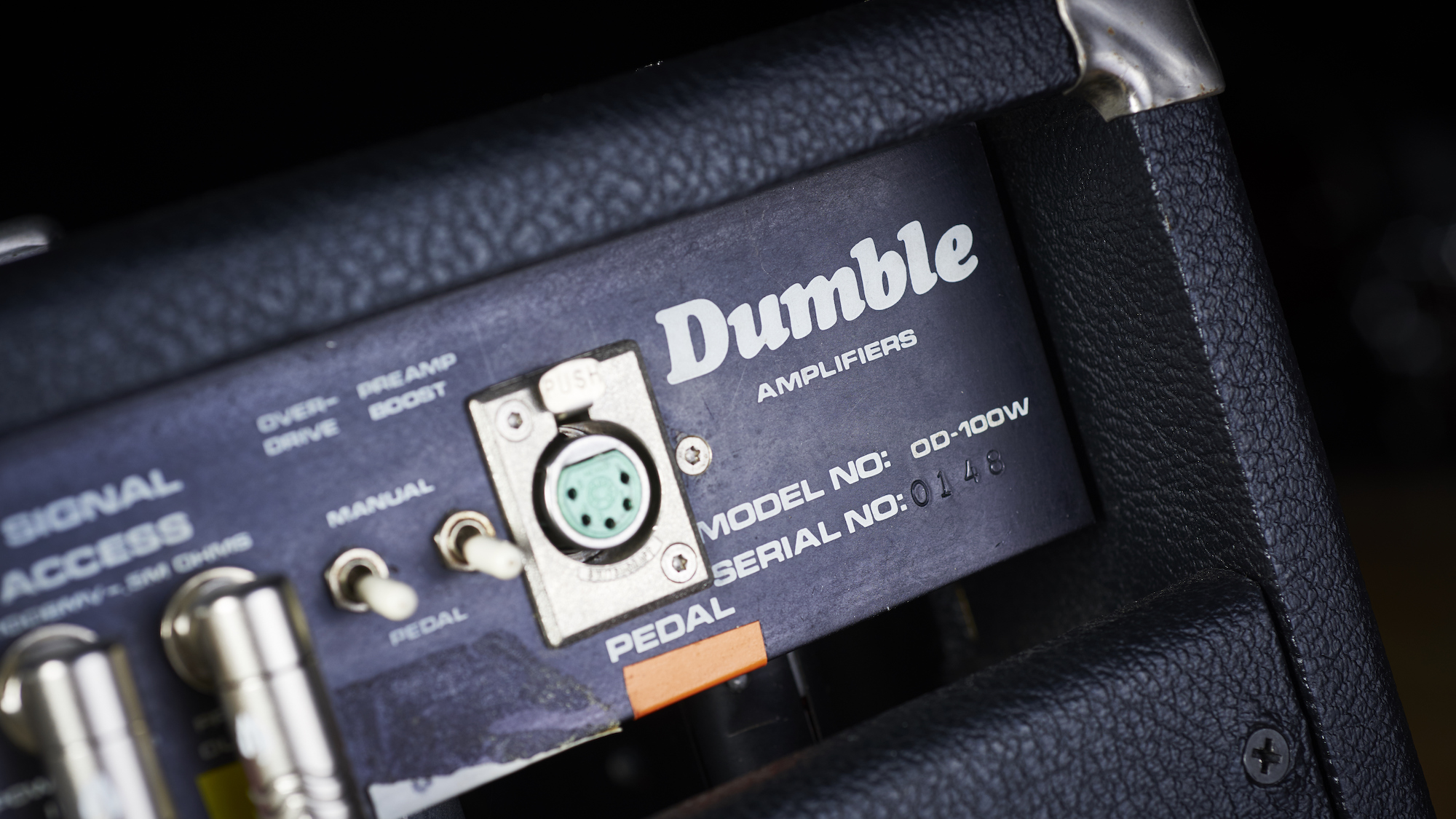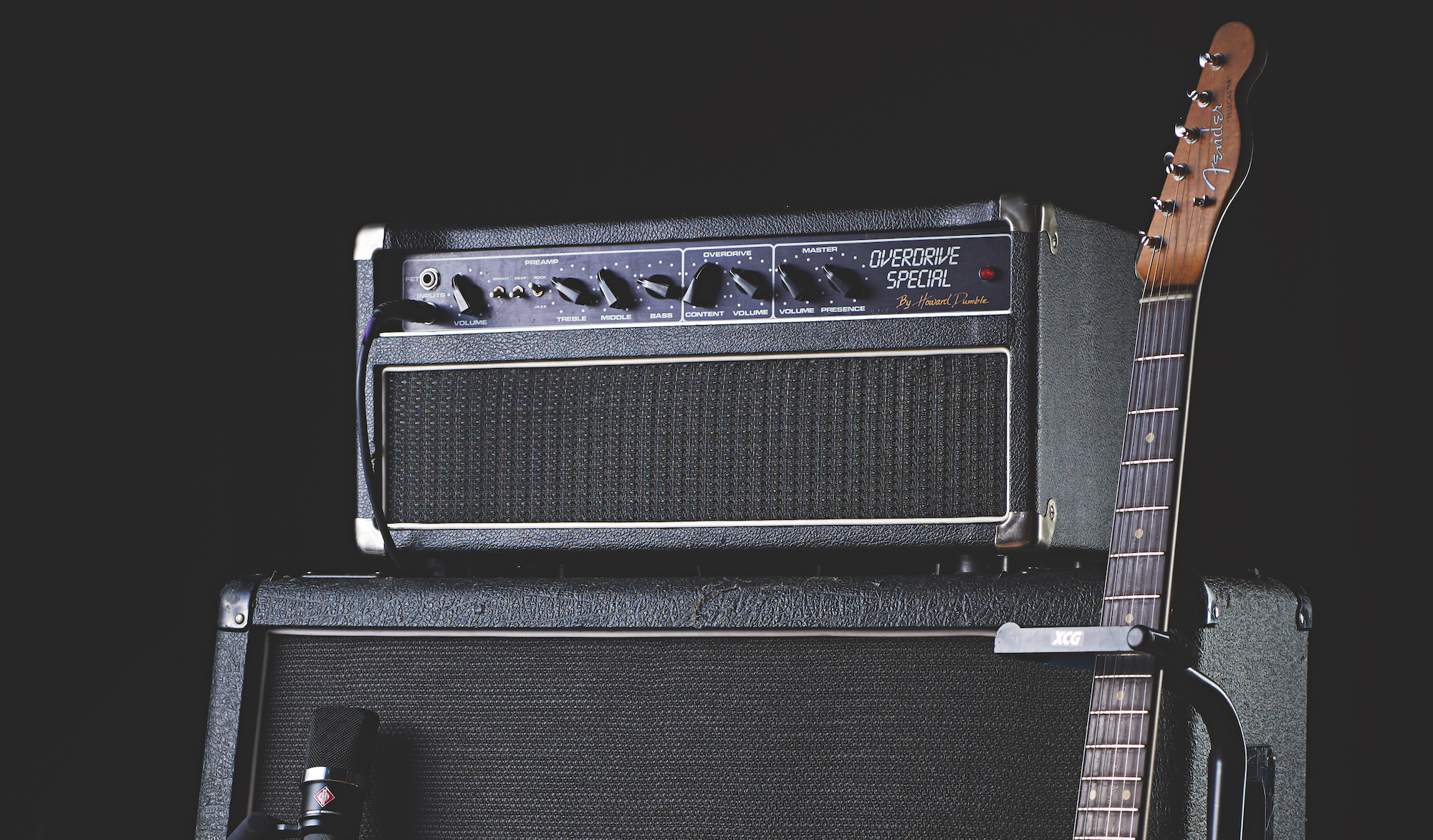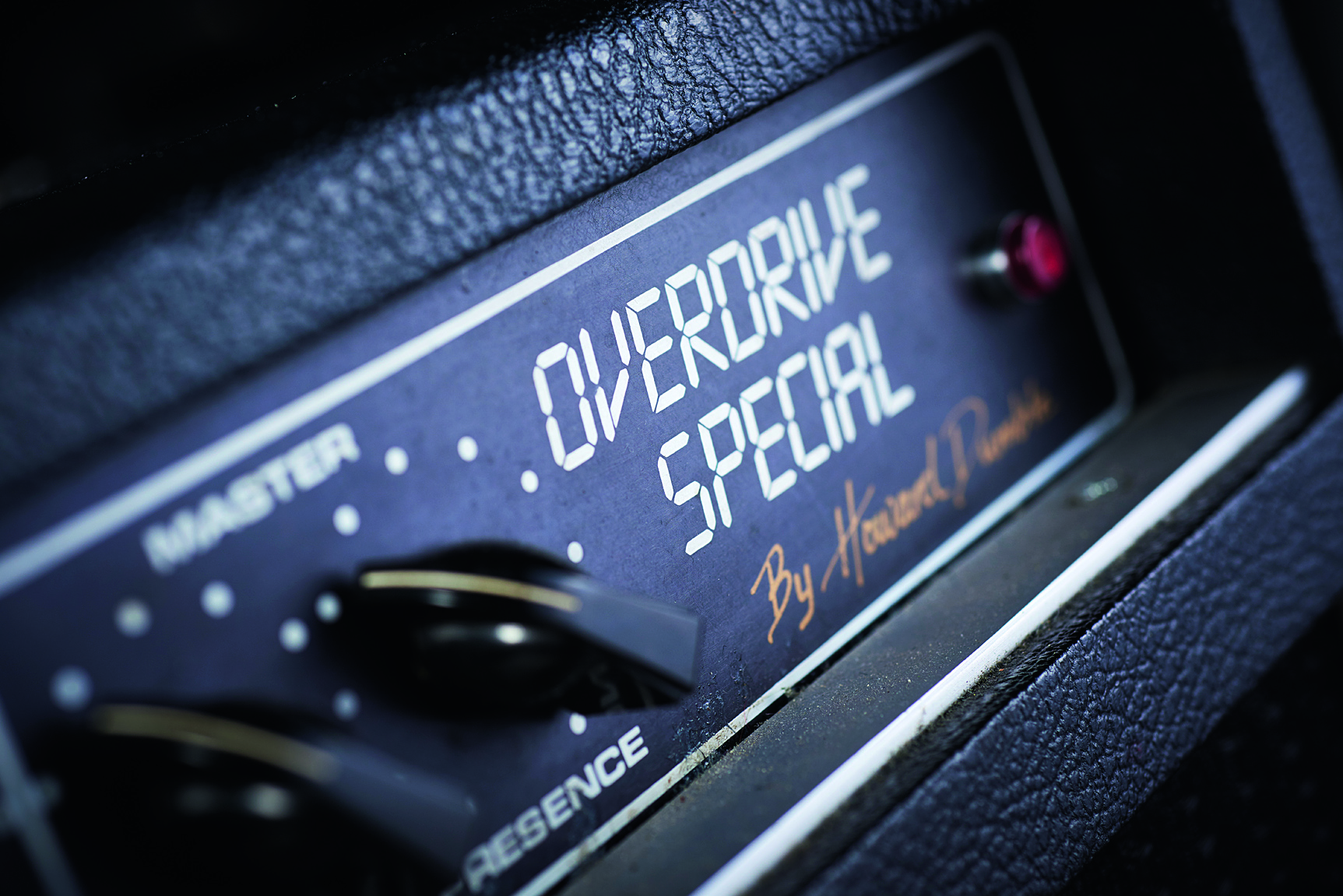
You could probably say Dumble Amplifiers are about as mythical as music gear can possibly get.
Named after founder and owner Alexander Dumble – who sadly passed away on January 16, 2022 – the business was very much a one-man operation, with only a handful of meticulously crafted amplifiers built every year.
The custom heads and combos famously ended up in the hands of players like Stevie Ray Vaughan, Eric Clapton, and Robben Ford, whose tones made history almost as much as the music they wrote.
Naturally, given how few were being produced, the amps became more and more sought-after with each and every passing year.
Indeed, over the last few decades, they’ve stolen headlines for being the most expensive boutique amps in the used market thanks to their duality of tonal prestige and fabled scarcity – precious and opulent in just about every way imaginable.
If you’ve ever wondered what unobtanium looks like in amp form, this is most definitely it.

You may have read about some exciting developments concerning the brand from this year’s NAMM convention back in January.
A new company calling themselves the ‘Dumble Preservation Society’ attended the trade show and ended up stealing headlines for bringing along the very first amp Alexander Dumble ever made – the Steel String Singer that Stevie Ray Vaughan once famously took on tour – as well as Carlos Santana’s old Overdrive Special and the ‘Woody’ module that would be loaned to players while Dumble built amps for them.
You can feel it in your ribs when you are playing. They are loud but not harsh. A Dumble cranked up won’t hurt your ears because the tone is so good
Naturally, there was a lot of interest in the new body formed by Drew Berlin, a leading vintage gear expert and close personal friend of Mr. Dumble himself, and Michael Doyle, an amp specialist and author of The History of Marshall: The Illustrated Story of ‘The Sound of Rock’.
Given how rarely these storied works of art come up for sale or, indeed, the eye-watering prices they command when they finally do, Dumble’s creations are now the province of ultra high-end collectors and custodians; which sadly means most of us guitar players will never get the opportunity to plug into one.
Thankfully, speaking to us exclusively for this article, the Dumble Preservation Society were on hand to articulate the sensation of hearing the notes you play coming out of one of Alexander Dumble’s highly distinguished designs.
“It’s as much a feel as it is a sound,” they tell GW. “Because the amps are so harmonically rich, they create a larger dimension of tone. You can feel it in your ribs when you are playing. They are loud but not harsh. A Dumble cranked up won’t hurt your ears because the tone is so good.”
If you’re looking for recorded musical references, there’s plenty to choose from, but to save you time, the heads of the Dumble Preservation Society have singled out some of the most classic, gold-standard examples.
You don’t even necessarily have to be a fan of the following records or artists to appreciate that the guitar tones are unmistakably potent and pure.
“The Carlos Santana Shaman record was his first recording using an Overdrive Reverb by Dumble, which he’s used every record since then,” they observe.
“Stevie Ray Vaughan started using them on Texas Flood, which was recorded with Jackson Browne’s Dumble amps. David Lindley used his Steel String Singer on Jackson Browne’s famous hit, Running On Empty. And Robben Ford can be heard using his Overdrive Special on all his records since the mid 1980s.”
Look up any of these albums and you will probably be inclined to agree – there’s a magic in what you are hearing and the guitars are able to speak in ways that will leave your jaw locked firmly to the floor.
Of course, it was all in the hands to begin with – Stevie Ray Vaughan, Carlos Santana, and Robben Ford were undisputed masters of their craft, that still being the case with the latter two, who continue to record and tour to this day. But ask a bunch of guitar players about what kind of effect the tone we hear has on our playing and most of them will happily confirm amps can indeed make us play differently, and in some cases, better.
So, what exactly was Alexander Dumble doing in terms of his designs, and how did those circuits equate into better performances?
“It was a combination of his understanding of physics (he had a 200+ IQ) and his ear for music – especially electric guitar – that enabled him to achieve his unique designs,” explain the Dumble Preservation Society.
“He was a perfectionist, and developed overdrive, reverb, and other circuitry that built on the work of the original Tube Manuals, as well as the inspiring designs from Fender and, to a lesser degree, Marshall. In some instances, there is more to his work than meets the eye. A lot of what he did was hidden in plain sight.
“The Overdrive Special was true to its name, with much more overdrive than had been achieved before, but with great musicality as well. And the Steel String Singer had this massive headroom that enabled it to produce extraordinarily clean tones at any volume,” they added.
“Stevie Ray Vaughan took full advantage of that incredible dynamic range. While many Dumble amplifiers were tailored to the individual, a fundamental characteristic of all Dumble amps is much greater touch-sensitivity for the guitarist.”

In that sense, it’s no wonder they’ve become the most collectible amplifiers the world has ever known.
But it also goes beyond the sound – these designs were built to last and give each owner many years of exquisite tonal bliss.
They’ve also been seen in the studio or on the road next to the likes of Joe Bonamassa, Larry Carlton, Eric Johnson, and John Mayer, or slide virtuosos as highly revered as Ry Cooder and Sonny Landreth, and even metal aficionados like Kirk Hammett and Mark Tremonti, which speaks volumes about their versatility.
Whether you play country, jazz, blues, or metal, a Dumble amp will probably be one of the most coveted pieces of gear you could ever dream of owning.
“They sound great, plus they are built to survive decades of touring and not miss a beat,” summarize the Dumble Preservation Society.
“They are played by some of the greatest guitarists in history, who paid a lot of money for the privilege and waited patiently for Dumble to work his magic, hand-built just for them. As a consequence, they are now exceptionally rare and highly treasured. Dumble ownership gets you into a very exclusive club… some might even call it a cult!”







